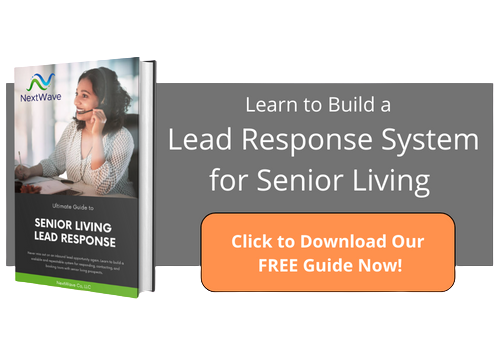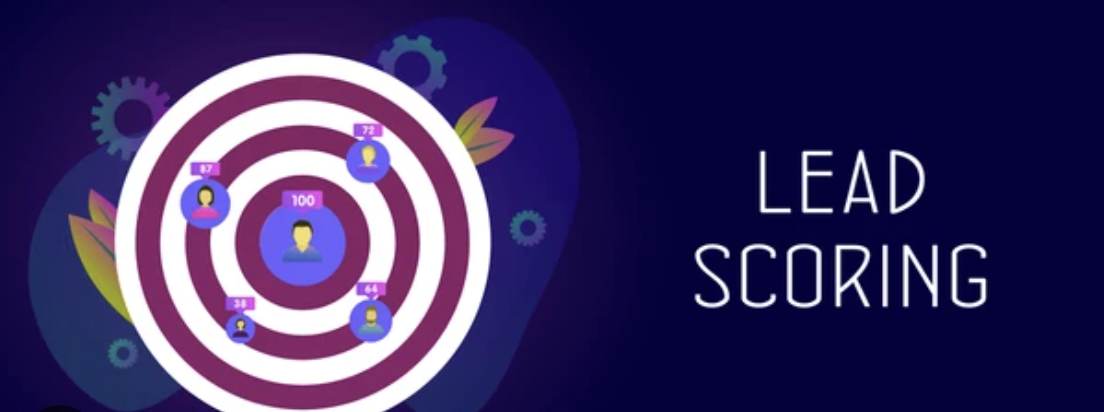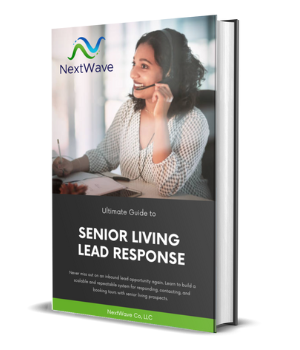
When creating a lead response program it’s important to be tracking metrics. You need to know where you’re starting from and what you’re shooting for. If you don’t track metrics there’s no way to know if you’re improving on the critical drivers that are improving your bottom line. Also, you won’t have a way of motivating or incentivizing your lead response team.
In the following post, we’ll cover 3 of the most important metrics we believe you need to be tracking in order to improve your senior living lead response.
If you're short on time simply click here to download our 50-page e-book on lead response for senior living
Response Time
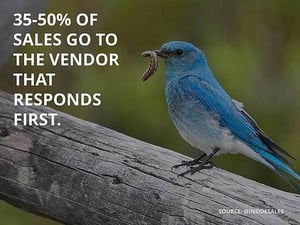
Response time has been cited in numerous sales studies and is one of the most important metrics in closing sales. Some sources even claim that 80% of sales simply go to the company that responds first. In the senior living industry, the average response time is notoriously bad. There are many reasons for this, mainly that the sales directors have too much on their plates. However, if you’re going to improve your lead response, this is the place to start.
Response time can be improved in a number of ways but we’ve found that leveraging technology is the most reliable. By utilizing marketing automation software, you can make sure that an alert gets emails or even texted to your sales director as soon as it comes in. You can also use automation to immediately send an email or text message to your prospect. Although an electronic response is not as good as a live person calling, it’s still infinitely better than not responding or responding 5 days later.
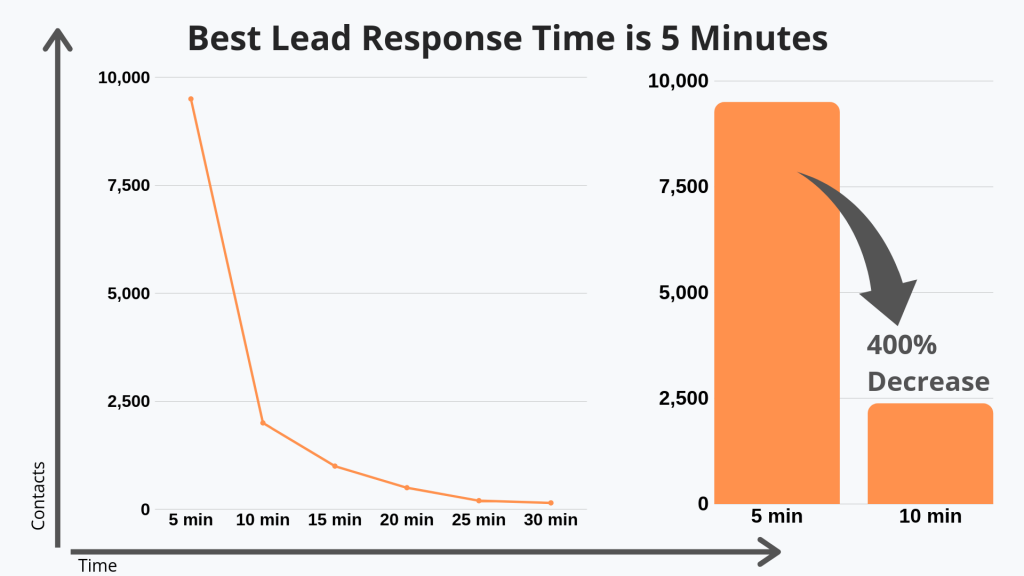
* Response time is the most critical factor in whether or not you make contact with a lead. Most senior living companies average around 24-48 hours to respond to new leads. If you can work on tracking and improving this number you'll have a huge advantage over other companies in the industry.
Contact Rate
The next thing you’ll want to track over time is the contact rate. Or the rate at which you’re able to make direct contact with your prospects. At NextWave, we consider direct contact when you have a conversation with a prospect on the phone or have direct correspondence with them via email or text message. Contact rate is NOT simply responding to them. In order for this metric to count you need to have real correspondence with an actual human.
Many tactics can go into increasing your contact rate but the bottom line is that it’s arguably the most-important high-level metric you can track in terms of senior living lead response. At some point, your sales staff needs to get somebody on the phone, qualify them, and get them in for a tour of your community. If you never make contact, these things will never happen.
It often surprises us how willing many companies are to spend a huge amount of money on PPC and other channels to generate leads, only to never get in touch with them! By tracking your contact rate, and ideally tracking it by marketing channel and the outcome of the interaction, you’ll be able to see which of your marketing efforts are resulting in the most conversations with qualified prospects and double down on those efforts. It will also give you transparency into which channels are NOT working, and you should consider cutting immediately.
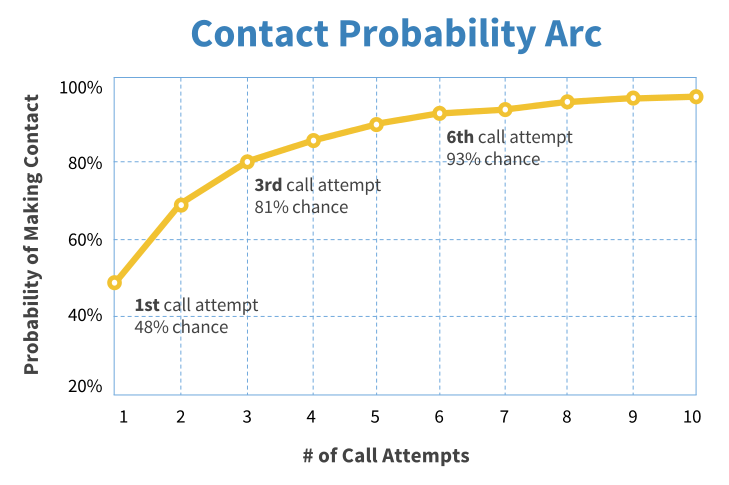 It's amazing to see how much a little persistence improves your chances of connecting with prospects. However, without leveraging technology it's easy to get bogged down in the lead follow-up process.
It's amazing to see how much a little persistence improves your chances of connecting with prospects. However, without leveraging technology it's easy to get bogged down in the lead follow-up process.
Inquiry-to-Tour Conversion
The rate at which you’re able to convert inquiries into tours is also a great metric to track. This metric is important for a couple of reasons:
- it helps determine marketing goals for lead generation and
- it helps motivate and improve your sales process.
While you don’t want to sacrifice quality for quantity, it’s a great metric to help your sales staff start making revenue projections. By knowing how many leads convert into tours you’ll be able to get a fairly accurate understanding of how many leads you’ll need to generate in order to hit your occupancy targets. For example, assuming you know your tour-to-move-in ratio fairly well, you’ll be able to confidently work backward and say “ok we’re going to need to generate “x” number of leads this quarter in order to generate “x” number of tours, and “x” number of move-ins.”
The inquiry-to-tour ratio is a great internal metric for your sales teams. Often it can be a misleading statistic because not all tours are created equal. Depending on how strict your qualifying criteria are on the first call you could be setting up TONS of bad, unqualified tours. This obviously isn’t helping anything and is probably actually wasting your community sales staff’s time. However assuming you do some basic (and consistent) lead qualification with the prospect on the phone before you set up a tour, you should be able to track improvements in your sales staff’s conversations using these metrics. If they can improve their lead response time, and the quality of their initial interactions with prospects, this ratio should go up (all things being equal).
 Can you track your inquiry-to-tour ratio over time? Although it can sometimes be a misleading statistic, this is a great metric to track over time and work to slowly improve with your sales team.
Can you track your inquiry-to-tour ratio over time? Although it can sometimes be a misleading statistic, this is a great metric to track over time and work to slowly improve with your sales team.
Bonus: Number of Touches By Lead Source
We wanted to add a 4th metric to this list as we feel it’s an area where many senior living companies fall short - the number of touches. It’s been proven time and again that you’re going to need at least 8 touches on average to convert a lead into a resident. However, we’ve found from secret shopping at dozens of senior living companies that the average number of touches is between 1-2.
This means that essentially after 1 attempt if they’re not successful, the sales staff essentially give us in trying to contact that lead. They simply move on to the next one. And it’s no wonder why this happens. Without leveraging technology and an automated system you can get buried in lead follow-up. Trying to remember to reach out on your 6th attempt to a Facebook lead 8 days later, while at the same time receiving new leads, giving tours, hosting community events, and more can seem like an impossible task. However, by not continuing to follow up they end up leaving a HUGE amount of sales opportunities on the table- especially in senior living where the sales cycle is long.
"80% of sales require 5 follow-up calls after the meeting. 44% of sales reps give up after 1 follow-up"
- MarkingDonut
Get Started Improving Today!
Helping with the long arduous process of lead follow-up is what we aim to help with at NextWave. Our first impression system leverages technology and automation to create a consistent senior living follow-up process. The result is faster response times, more tours, increased contact rates, and an overall better experience for your prospects while they navigate this often stressful process of shopping for senior housing. To learn more about how our process can help you click here to schedule a free consultation.

